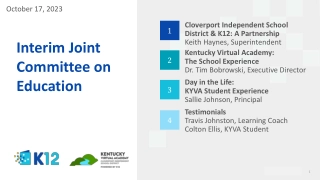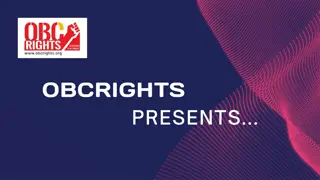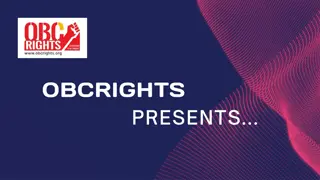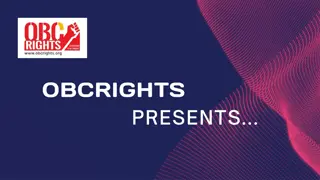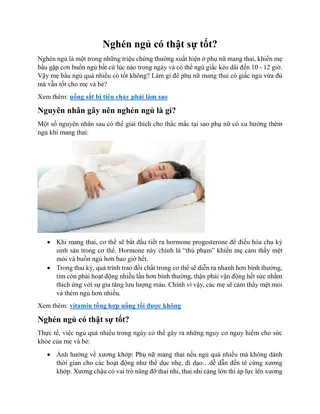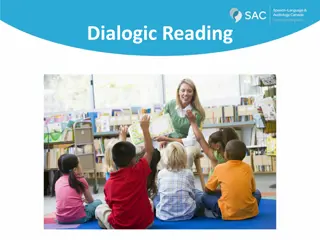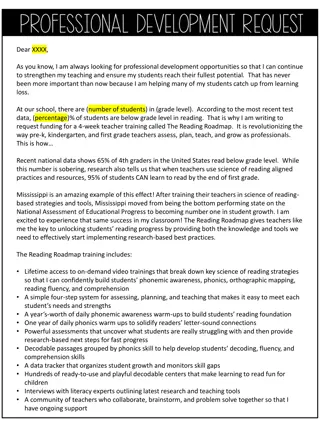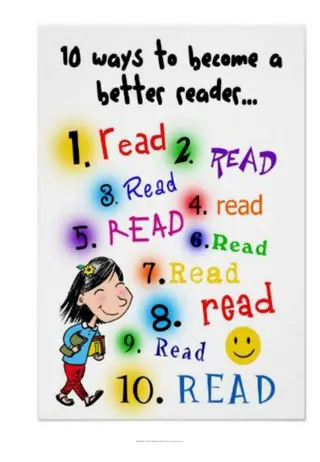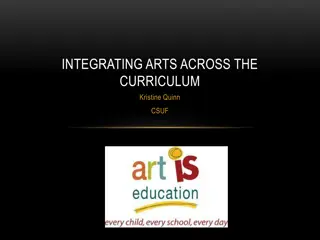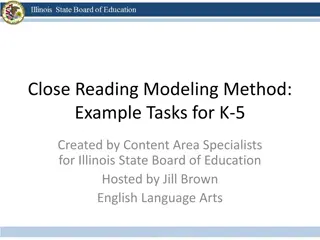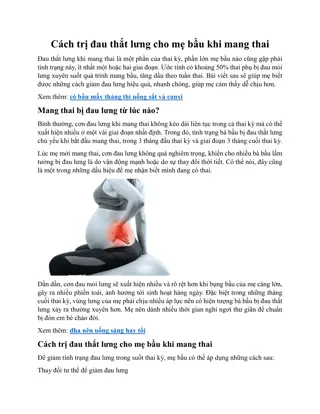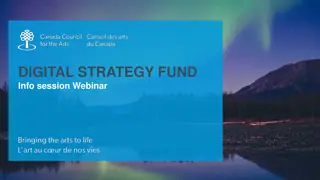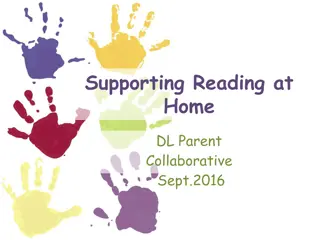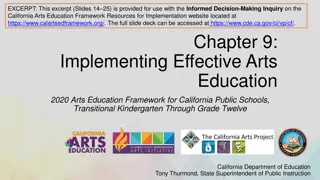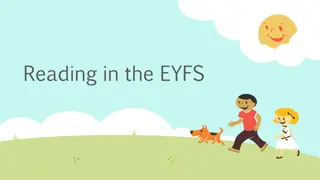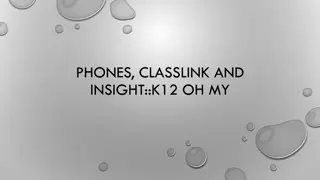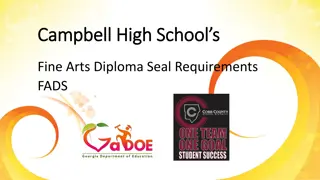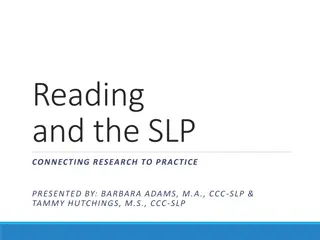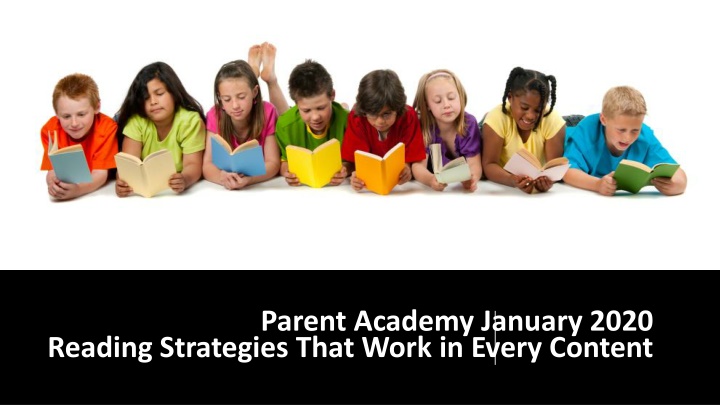
Effective Reading Strategies for Enhanced Learning
Discover powerful reading techniques like rereading and activating prior knowledge to strengthen comprehension and foster a love for learning. Explore how these strategies can build a solid foundation for children's educational success by providing actionable tips and insights for parents and educators.
Download Presentation

Please find below an Image/Link to download the presentation.
The content on the website is provided AS IS for your information and personal use only. It may not be sold, licensed, or shared on other websites without obtaining consent from the author. If you encounter any issues during the download, it is possible that the publisher has removed the file from their server.
You are allowed to download the files provided on this website for personal or commercial use, subject to the condition that they are used lawfully. All files are the property of their respective owners.
The content on the website is provided AS IS for your information and personal use only. It may not be sold, licensed, or shared on other websites without obtaining consent from the author.
E N D
Presentation Transcript
Parent Academy January 2020 Reading Strategies That Work in Every Content
REREAD Rereading helps children to reinforce, deepen, and consolidate learning from reading More rigorous English language arts standards worldwide are revitalizing the longstanding but too often overlooked instructional technique of rereading. An integral part of the directed reading lesson, rereading typically occurred toward the end of the lesson for the purpose of extending comprehension of content. Students were guided to reread excerpts for new purposes, such as investigating a concept, generalizing, and thinking critically or creatively, after reading and discussion. Today's version of rereading is focused on intensive reading or close reading, which involves multiple readings for purposes of text analysis during and after reading (Shanahan, 2012). Two primary sources of evidence support the instructional technique of rereading as intensive reading. One is the research base, which shows the benefits of rereading for increasing comprehension. Research shows, for example, that rereading improves meta-comprehension accuracy, that is, the ability to monitor and assess one's own comprehension in learning new material a critical strategy when reading.
ACTIVATE PRIOR KNOWLEDGE How to build background knowledge The question then becomes, how do we build children's background knowledge? Core reading materials often encourage us to activate, support, build on, and tie to children's existing knowledge base. But what do we do when there is no existing knowledge base? Or when there is little to build on? If you asked us, for example, to read an elementary physics text building on our previous knowledge base of physics, you would likely see blank stares, akin to a deer in headlights. This issue becomes even more complicated in the age of Common Core State Standards (CCSS). The CCSS place a premium on the amount of background knowledge we provide to children prior to reading a text. It's not that the standards negate background knowledge or its contribution to comprehension; rather, the authors of the publishers' guidance to the CCSS emphasize close reading, developing knowledge through text, regarding the deliberate and careful analysis of text as the gateway for developing independent readers (National Governors Association Center for Best Practices & Council of Chief State School Officers,2010). Although at times, this clash of perspectives might seem like a catch-22, the problem is solvable. Teachers can effectively build children's background knowledge early on (Neuman & Wright, 2013). However, at the same time, we must recognize that knowledge is not just accumulating facts; rather, children need to develop knowledge networks, comprised of clusters of concepts that are coherent, generative, and supportive of future learning in a domain. Here's how we do it:
Begin by teaching words in categories. For example, you can try something as simple as this: I'm going to say the following words: strawberries, bananas, papayas, pineapples. They all are a type of (fruit). Categories of objects begin to develop concepts, and the use of generic nouns (fruit) has been shown to be highly related to language and vocabulary development. Use contrasts and comparisons. For example, you can give children puzzlers like, Is an artichoke a type of fruit? Why is it or is it not a kind of fruit? Puzzlers help children think outside the immediate context and consider the reasoning behind these contrasts and comparisons, which can further their understanding of categories and concepts. Use analogies. An analogy is another type of comparison, but this time the comparison is made between two things that are usually thought to be different from each other. Analogies help children build knowledge because they compare something new to something we already know. For example, try something like, bird is to feather as dog is to (fur). Children can use similes (comparisons using the words like or as) or metaphors (comparisons without using like or as) to build new knowledge. Encourage topic-focused wide reading. Reading builds knowledge, but wide reading has typically been interpreted as reading about a lot of different topics, demonstrating breadth rather than depth in reading. Try this variation: Encourage children to identify an interest and read as many books as they can on one topic. What you find is that children will develop a deeper knowledge and expertise on a topic. These interests will drive children to read more. Embrace multimedia. We often think that direct experiences are the most compelling ways to build knowledge. As many teachers can attest, there is nothing more thrilling than watching children engage in learning through direct experiences or seeing their delight and excitement on field trips and other activities. Although it is certainly not a replacement for real-life experiences, multimedia can often provide a wealth of information that we could only wish to experience firsthand. Further, it can introduce children to important words and concepts in a highly motivating way and build a shared knowledge base among all of your students.
USE CONTEXT CLUES Teach vocabulary specifically Words, definitions, matching game Scavenger Hunts Charades
INFER Inference is a "foundational skill" a prerequisite for higher-order thinking and 21st century skills (Marzano, 2010) Inference skills are used across the curriculum, including English language arts, science and social studies. Because inferring requires higher order thinking skills, it can be difficult for many students. However, it can be taught through explicit instruction in inferential strategies How to teach inference Marzano (2010) suggests teachers pose four questions to students to facilitate a discussion about inferences. What is my inference? This question helps students become aware that they may have just made an inference by filling in information that wasn't directly presented. What information did I use to make this inference? It's important for students to understand the various types of information they use to make inferences. This may include information presented in the text, or it may be background knowledge that a student brings to the learning setting. How good was my thinking? According to Marzano, once students have identified the premises on which they've based their inferences, they can engage in the most powerful part of the process examining the validity of their thinking. Do I need to change my thinking? The final step in the process is for students to consider possible changes in their thinking. The point here is not to invalidate students' original inferences, but rather to help them develop the habit of continually updating their thinking as they gather new information. One model that teachers can use to teach inference is called "It says, I say, and so" developed by Kylene Beers (2003). Take a look at these graphic organizer examples from Goldilocks and the Three Bears, as well as the steps to solving a math problem about area and diameter.
Language Arts The Question-Answer Relationship strategy helps students understand the different types of questions. By learning that the answers to some questions are "Right There" in the text, that some answers require a reader to "Think and Search," and that some answers can only be answered "On My Own," students recognize that they must first consider the question before developing an answer. Into the Book has an interactive activity that helps young children learn about inferring. In the interactive, students try to infer meaning in letters from virtual pen pals. They try to answer two questions: "WHERE is your pen pal?" (inferences about location) and "WHO is your pen pal?" (inferences about personality). Students search for clues in the text, then choose from three possible inferences for each clue. Riddles are one way to practice inferential thinking skills because successful readers make guesses based on what they read and what they already know. The object of this online riddle game is to infer what is being described by the clues you read. BrainPop offers several activities for teaching inference, and they offer resources for teachers and parents. Because so many stories contain lessons that the main character learns and grows from, it is important for students to not only recognize these transformations but also understand how the story's events affected the characters. This lesson from ReadWriteThink uses a think-aloud procedure to model how to infer character traits and recognize a character's growth across a text. Students also consider the underlying reasons of why the character changed, supporting their ideas and inferences with evidence from the text.
Math The Math Standards from the National Council of Teachers of Mathematics (NCTM) identify standards for PreK-12 students that include developing and evaluating inferences and predictions that are based on data. For young students, the standards specifically state the following: Pre-K 2 Expectations: In pre-K through grade 2, all students should discuss events related to students' experiences as "likely" or "unlikely. Grades 3 5 Expectations: In grades 3 5, all students should propose and justify conclusions and predictions that are based on data and design studies to further investigate the conclusions or predictions.
Science Science teachers spend time helping students develop their observation skills. Inferring and observing are closely related, but they are not identical. Observation is what one sees, inference is an assumption of what one has seen. Observation can be said to be a factual description, and inference is an explanation to the collected data. It's not a guess. If an observation can be termed as a close watch of the world around you through the senses, then inference can be termed as an interpretation of facts that has been observed. Teachers can start out providing simple observations: Observation: The grass on the playground is wet. Possible inferences: It rained. The sprinkler was on. There is morning dew on the grass. Observation: The line at the water fountain is long. Possible inferences: It's hot outside. The students just came in from recess. As you're working to develop these skills, encourage your students to incorporate their scientific vocabulary into their statements. "From what I observe on the grass, I infer that " A strategy guide from Seeds of Science introduces an approach for teaching how scientists use evidence to make inferences. The guide includes an introductory section about how scientists use evidence to make inferences, a general overview of how to use this strategy with many science texts, and a plan for teaching how scientists gather evidence to make inferences. ReadWriteThink uses science to engage students in the process of making inferences. First, students work through a series of activities about making inferences. Then they read a booklet of descriptions of a series of mystery objects that are placed under a microscope. Finally, they look through each microscope and use the formula of schema + text clues = inference to make their own inferences about the identity of each mystery object.
Social Studies In the Teacher Guide from the National Portrait Gallery at the Smithsonian, students use clues in a portrait to infer things about George Washington and his life. They work to identify visual clues the artist used, they compare various portraits of George Washington, and discuss the importance of the different portraits as visual records. Often, inferring is introduced to students by using familiar symbols, activities, and environments from which they automatically draw inferences or make predictions (an inference about the future). For example, suppose you are about to begin a unit on the Great Depression. You might have students view a picture of the exterior of a mansion and then of a soup line. Then, through questioning, students focus on details, making inferences about who live in both places, their socioeconomic status, the kinds of food they eat, the kinds of activities they pursue.
THINK ALOUD Why use think-alouds? It helps students learn to monitor their thinking as they read and improves their comprehension. It teaches students to re-read a sentence, read ahead to clarify, and/or look for context clues to make sense of what they read. It slows down the reading process and allows students to monitor their understanding of a text. How to use think-alouds? Begin by modeling this strategy. Model your thinking as you read. Do this at points in the text that may be confusing for students (new vocabulary, unusual sentence construction). Introduce the assigned text and discuss the purpose of the Think-Aloud strategy. Develop the set of questions to support thinking aloud (see examples below). What do I know about this topic? What do I think I will learn about this topic? Do I understand what I just read? Do I have a clear picture in my head about this information? What more can I do to understand this? What were the most important points in this reading? What new information did I learn? How does it fit in with what I already know? Give students opportunities to practice the technique and offer structured feedback to students. Read the selected passage aloud as the students read the same text silently. At certain points stop and " think="" aloud"="" the="" answers="" to="" some="" of="" pre-selected="" questions. Demonstrate how good readers monitor their understanding by rereading a sentence, reading ahead to clarify, and/or looking for context clues. Students then learn to offer answers to the questions as the teacher leads the think-aloud.
SUMMARIZE Why use summarizing? It helps students learn to determine essential ideas and consolidate important details that support them. It enables students to focus on key words and phrases of an assigned text that are worth noting and remembering. It teaches students how to take a large selection of text and reduce it to the main points for more concise understanding. How to use summarizing Begin by reading OR have students listen to the text selection. Ask students the following framework questions: What are the main ideas? What are the crucial details necessary for supporting the ideas? What information is irrelevant or unnecessary? Have them use key words or phrases to identify the main points from the text.
LOCATE KEY WORDS The Critical Words Your Students Must Know for the Common Core State Standards! Researchers estimate 85% of achievement test scores are based on the vocabulary of the standards. Students from poverty, ELL students, and other at-risk students are particularly in need of learning these words in ways that meet their specific learning needs. Critical Verbs Analyze Articulate Cite Compare Comprehend Contrast Delineate Demonstrate Describe Determine Develop Critical Nouns Alliteration Analogy Argument Central Idea Conclusions Connections Connotative Language Details Evidence Figurative Language Illustrations Interaction
Critical Verbs Critical Nouns Distinguish Draw Evaluate Explain Identify Infer Integrate Interpret Locate Organize Paraphrase Refer Suggest Support Summarize Synthesize Trace Metaphor Mood Point of View Rhetoric Simile Stanza Structures Theme Tone
Vocabulary Exercises Supported by Educational and Memory Research 1. Introduce a word and determine a definition or description with your students. Using their own language to describe what a word means will help students remember the appropriate definition. 2. Have students draw a picture of the word or what the word represents. Analyze, for example, means to break something into its component parts. I have seen students' drawings that depict a figure breaking a stick over its knees, block towers tumbling down, and unpacked Russian nesting dolls. 3. Ask students to find synonyms and antonyms for each word on a list. Synonyms are often used as definitions, so the process of finding and discussing these terms is crucial. 4. Give each student a nametag that includes either the critical word or its synonym. Let students figure out which words are related and form synonym circles. The circles can line up together or work in groups that day. 5. To store words more easily in automatic memory, let students compose jingles or songs for words and definitions. 6. Have students create semantic maps or mind maps for some words.
7. Vocabulary gloves: have students write the vocabulary word on the back of cheap canvas gloves. On the front, have them write a sentence on the palm, synonyms on the thumb, pointer, and middle finger, an antonym on the ring finger, and the definition on the pinky. Gloves can be used for independent or paired practice. 8. Have students act out word meanings to activate their procedural memory. 9. You and your students can create review games to reinforce the words. For example, here are some guidelines for Vocabulary Bingo: 1. Hand out Bingo cards with definitions in the squares. 2. Students ask each other if they know what word fits one of the definitions and to sign the square if they know. 3. Once all squares have signatures, draw student names from a container; all students with that signature cover the square. 4. Students yell "Bingo!" when they have five in a row. The five students whose names are covered on the card must know the correct word. 10. Create vocabulary word pages in a notebook. When the word appears in different contexts or content areas, students can return to that page and add new information. This will help them use the words more easily in writing and speaking. 11. Model the use of the words in your classroom. The more often that students hear them, the more automatic their use of those words will become. 12. Be aware of eye accessing cues.1When a student is struggling with a test question, he or she will often be looking down, which accesses emotions -- perhaps the emotion of feeling "dumb." To access information, such as definitions or visual memories of words, eyes must be looking up. When you observe this, stand over the student and ask a question that forces him or her to look up, possibly triggering the information.
MONITOR & REPAIR UNDERSTANDING (While Reading)
TEXT CONNECNTIONS (text-to-self, text-to-text, text-to-world)

